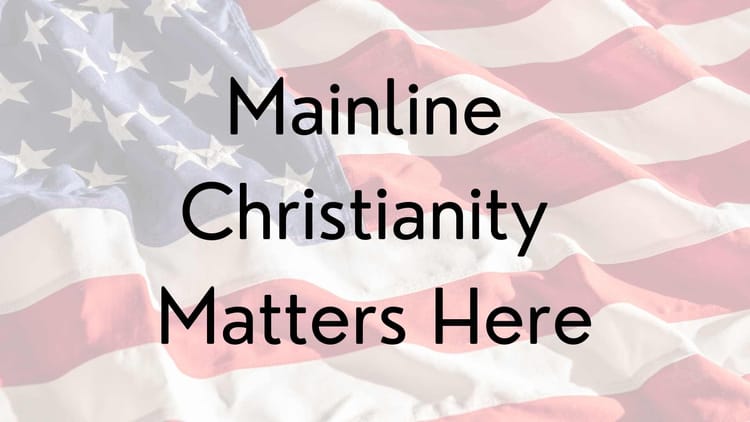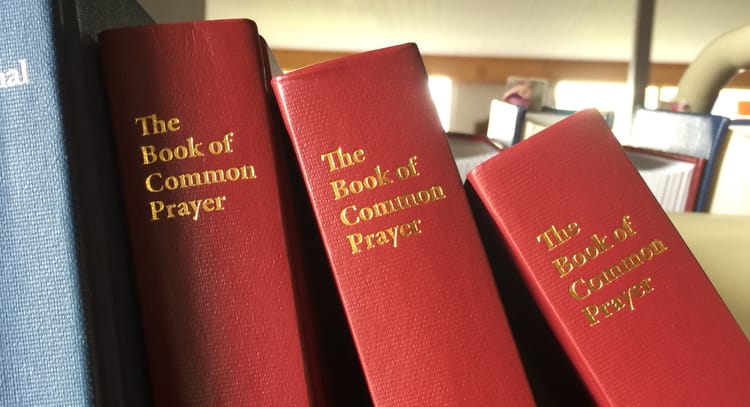Next America 7: Intermarriage Isn’t Fixing Racism
This post is part of a series summarizing and reflecting on The Next America: Boomers, Millennials, and the Looming Generational Showdown from the perspective of an Episcopal priest.
Section Summary
Chapter 7, “Hapa Nation,” struck me as a little ho-hum. Maybe that’s because the author managed to cite all kinds of disturbing facts that are gender, race- and ethnicity- related without ever using the words “sexism” “racism” or “prejudice.” Herewith, a summary:
- 15.5% of all new marriages in the US are between spouses of a different race or ethnicity. This is a 600% increase since 1960.
- Acceptance of intermarriage is generationally linked: fewer than half of Silents say they would be comfortable with someone in their family marrying a person of a different race, compared to 85% of Millennials.
- Second-generation native-born immigrants tend to marry “out” much more frequently than first generation immigrants.
- Intermarriage is much more prevalent in the western United States (about 1 in 5 of all newlyweds intermarry) than in the midwest (only 11%).
- Divorce rates are higher for intermarried couples; the most vulnerable to divorce involve white females and nonwhite males (with the exception of white females/Hispanic males). Mixed marriages involving blacks and whites were the least stable, but mixed marriages between Asians and whites were more stable than same-sex white marriages.
- There are distinctive socioeconomic patterns among intermarried couples. Among intermarriages including whites, white/Asian couples tend to earn significantly more than white/Hispanic and white/black.
- The Census Department’s descriptions of racial and ethnic identity have not kept up with the trend toward intermarriage and progeny with “mixed” racial identities.
- Within the next twenty to thirty years, America will no longer be majority white. In fact, the very concept of “white,” “black,” “Hispanic” etc. may no longer be valid.
- The cultural concepts of “black” and “Hispanic” do not sufficiently take into account the multiple ancestries within these communities. (The author neglects to mention that this is also true of the concept of “white”.)
- The election of the nation’s first African-American president has led to rising hopes but not great economic progress for African-Americans. The economic gulf between blacks and whites has been fairly consistent over the last half-century. While gaps in life expectancy and high school completion have narrowed, gaps in poverty and homeownership are about the same as they were 40 years ago. (It would have been nice to have a whole chapter on this rather than having it stuck in an unrelated chapter!)
Churchwork Reflections
The big news from this chapter is buried: despite rising intermarriage and the election of an African-American president, there are still significant gaps in outcomes for different racial and ethnic groups in America.
The fact that black men are incarcerated at more than six times the rate of white men in 2010, an increase from 1960 (p. 104), is appalling. I’m also disturbed to learn that more than 7 in 10 births to black women were to unmarried mothers in 2011 compared with 3 in 10 births to white women. It’s likely these statistics are connected, as incarceration is linked to lower rates of marriage.
As a married, highly-educated, relatively wealthy, white (can I say privileged?) woman who professes to be about seeking the kingdom of God, I wish this chapter had focused more on these disparities and the underlying issues that lead to them. It seems to me that the Pew Research Center hasn’t paid sufficient attention to racism in America. Their existing research shows a significant disparity between the perceptions of African-Americans and whites on the impact of racism. It would be nice if they could give us more understanding of this phenomenon.
The data in Chapter 7 make it clear that the disparity between black and white people in America is not going away as a result of the trend toward intermarriage. It’s unlikely, therefore, that intermarriage is going to be the solution for racism. Instead, communities will have to become proactive in order to reverse the distressing race-related statistics about incarceration and poverty. What is the Episcopal Church doing?
To answer this question, I went beyond my diocese to the churchwide Missionary Society level. A check of this triennium’s budget leaves me scratching my head. I don’t even see how these numbers add up! Why are there two totals? Which one is real? (This is on p. 16 of the current triennium’s budget, published at http://www.generalconvention.org/old/gc/gc2012.)
The Black Ministries page has more information, including a strategic plan: Priorities for the Episcopal Church in the 21st Century for Episcopalians of African Descent.
The plan includes a SWOT analysis, information and recommendations for the integration of Sudanese Episcopalians, and the outlines of a few initiatives designed to foster the ministries of historically African-American congregations: New Visions Initiative, a Leadership Development Initiative, and an annual SOUL conference for Episcopal youth and young adults of African and African-American descent.
Reading the strategic plan left me with questions about implementation. A search of the Episcopal News Service turned up an article about the New Visions Initiative which gave me hope that this program is bearing fruit. I also was intrigued to discover the articles and videos about the State of Racism conference held in 2013. And I was glad to learn that the Executive Council of the church has an Anti-Racism Committee.
However, from the programs and projects on offer, it appears to me that the Episcopal Church has prioritized eliminating racism from within our ranks over eliminating racism from society at large. One example is the mandate to the Anti-Racism Committee of Executive Council (emphasis added):
This committee is charged with guiding and monitoring the Church’s work in response to General Convention resolutions directed at eliminating the sin of racism from the life of the Church by: Overseeing and coordinating the efforts and activities for racial justice of The Episcopal Church; Monitoring and evaluating anti-racism programming; Recommending best practices for combating racism; Collecting data on provincial activities to be submitted to Executive Council on an annual basis; Developing criteria for the credentialing of certified anti-racism trainers; and Monitoring compliance of anti-racism legislation passed by General Convention.
Racism is sin wherever it is encountered, and I definitely support eliminating the sin of racism from within the church. It’s especially reasonable in light of the fact that the Episcopal Church doesn’t reflect America, as shown in the first set of statistics. However, after reading Chapter 7 of Next America, it seems to me that a higher priority is mobilizing the church to eliminate the sin of racism in America. If we were to embrace this larger goal, we would have to reflect on our own participation in racism, but as a means to an end rather than an end in itself. (We also might attract others who were interested in eliminating racism, thereby perhaps increasing the percentage of Episcopalians of color. However, anti-racism is a moral imperative, not a church growth strategy.)
Even in a country with an African-American president, the extraordinary disparity in incarceration and poverty shows the continuing legacy of racism. Christ calls us to transform the unjust structures of society, not just the unjust structures of the church.
From Reflection to Action
The Directory of Black Congregations shows our diocese has both a historically African-American congregation and a congregation of Sudanese immigrants and their second-generation children. I find myself wondering if there is a way to link the historically African-American congregation through the New Visions Initiative, and if the Sudanese congregation is receiving the assistance it needs as newcomers to America, encountering our legacy of racism. Our diocese is beginning a new anti-racism program in cooperation with the other Michigan dioceses, and I look forward to seeing how that will bear fruit. Our rector just preached a sermon (click on the May 4 link) about the challenges of addressing racism, and I’ll be thinking about how to include these issues in our children’s and youth programming.
But, based on the argument I made above, what is most critical is addressing racism in Grand Rapids, Kent County, and the state of Michigan – not just in the Episcopal Diocese of Western Michigan and St. Andrew’s Episcopal Church. I’ll be looking for resources and communities already engaged in that struggle, and working to link the church with that wider effort.
How is racism being addressed (or not) in your community?
What have I missed in reflecting on these issues?





Member discussion